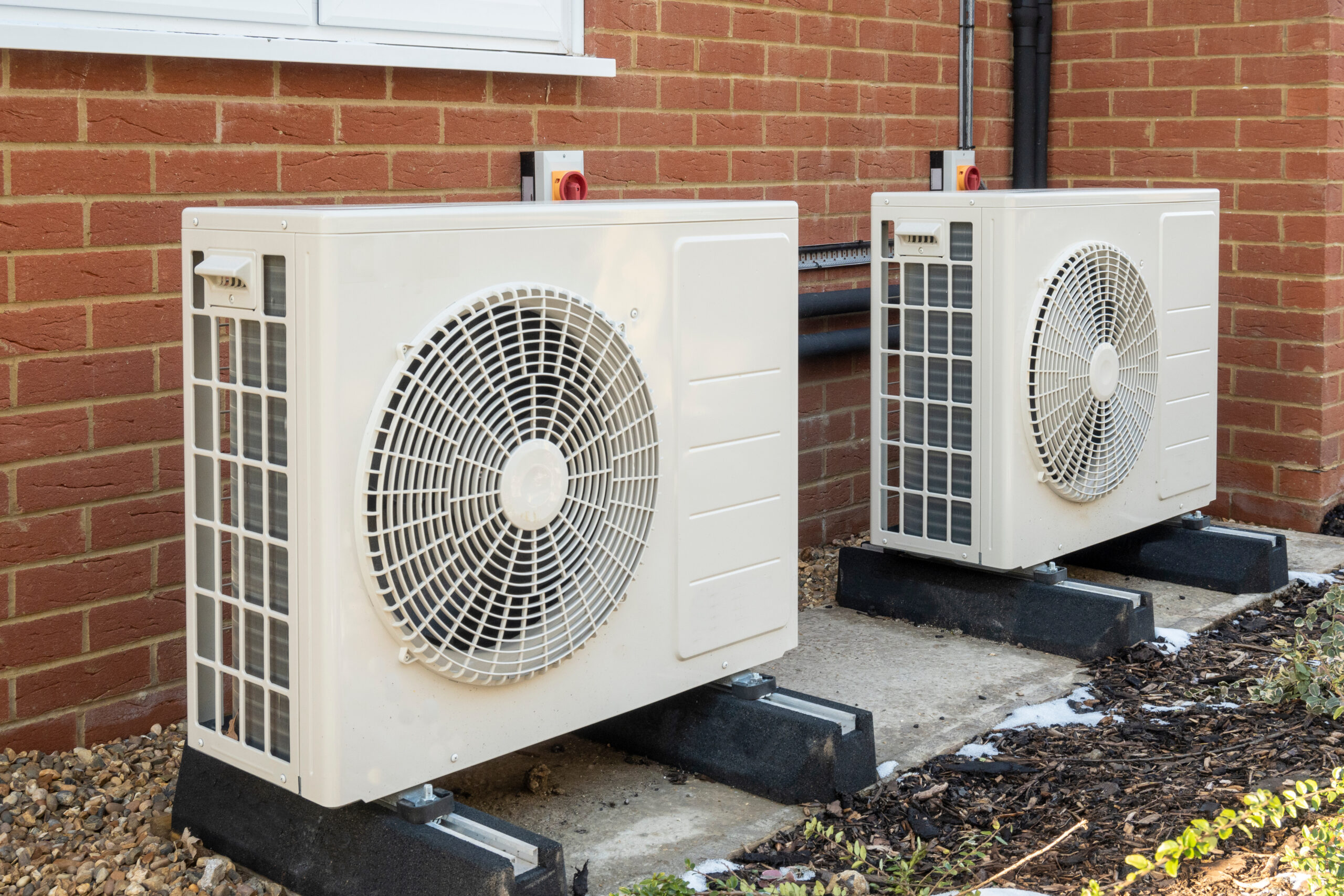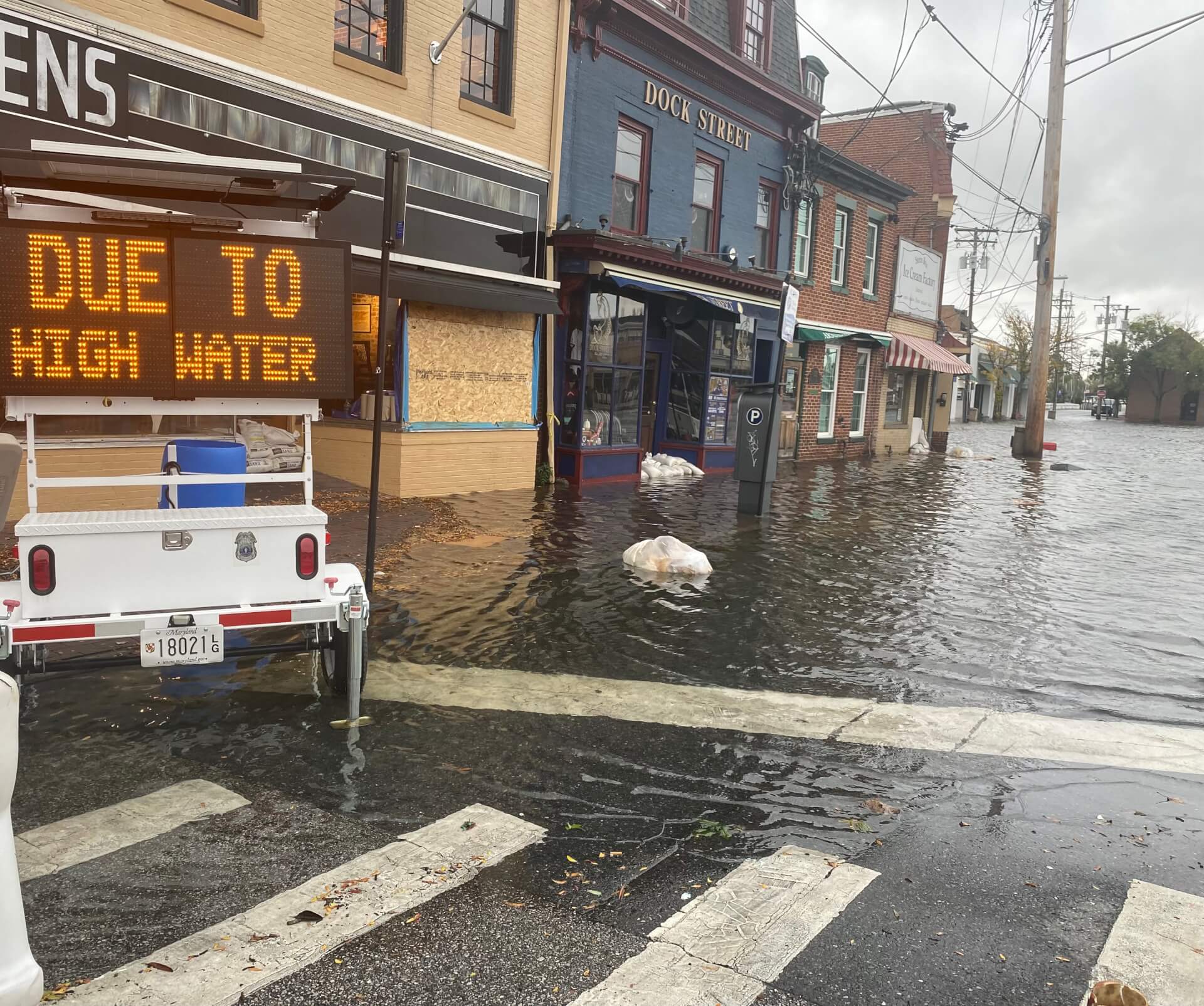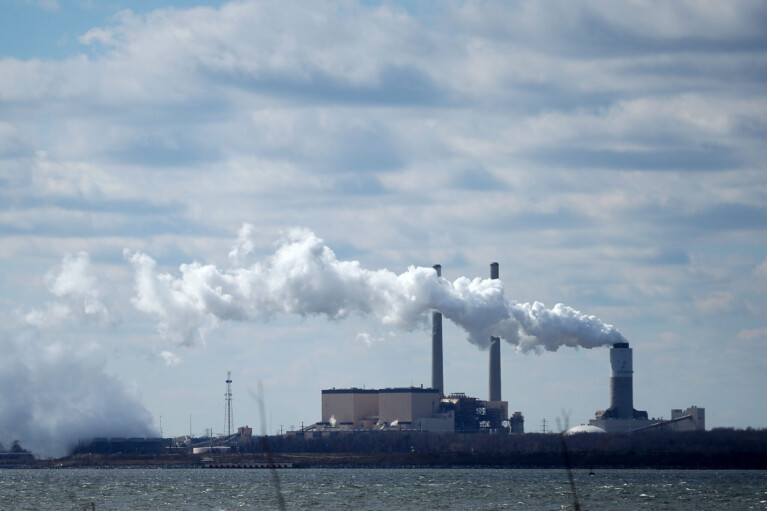Report: State should promote heat pumps as a climate-friendly alternative to air conditioners

As Maryland moves gradually toward electrifying its building sector, a new study suggests pushing sales of heat pumps over central air conditioning could dramatically accelerate the decarbonization of homes in the state while boosting grid resilience, lowering technology and installation costs for consumers, and improving the health and safety of the nation’s housing stock.
A report out Tuesday from the Building Decarbonization Coalition, a national organization comprised of clean energy companies, electric utilities and technology companies, among others, found that by 2030, converting the sale of central AC units to heat pumps could decarbonize space heating in 73% of Maryland homes.
Maryland was one of five states the coalition studied, along with California, New York, New Jersey and Massachusetts, in its new report, “Why cooling is key: How to decarbonize buildings with one weird trick.”
The report was issued as hotter and more frequent heat waves are driving a surge in demand for more and more efficient home cooling systems. Central AC sales have increased by 15% in the U.S. over the past 10 years compared to the previous decade, the coalition said, and the trend is likely to accelerate. Electric heat pumps are designed to provide efficient cooling, lower energy bills, and zero-emission heat — and advocates argue that they can be installed in homes at a similar price point to central AC.
“Policymakers at the state, local, and national level are pursuing strategies to cut greenhouse gas emissions from homes and buildings by displacing fossil fuel heating systems through increased heat pump adoption. But by overlooking the market for cooling as a key policy lever, they are missing a critical opportunity to support the most cost-effective transition,” said Panama Bartholomy, executive director of the Building Decarbonization Coalition.
Maryland is considered a leader in heat pump installations, with close to a quarter of homes currently equipped with heat pumps.
In 2022, the General Assembly passed legislation creating a building energy performance standard for buildings over 35,000 square feet with requirements to reduce emissions and eventually achieve net-zero carbon emissions by 2040. Montgomery County has passed legislation to phase out the use of fossil fuels in new construction beginning in 2027. Howard County has passed similar legislation.
But the EmPOWER Maryland program, which was set up to encourage energy savings and the use of clean energy technology in homes, currently does not offer incentives to switch from fossil fuel appliances to electric alternatives. While legislation was introduced this year to build on the EmPOWER program and offer incentives to electrify homes for the first time, among other climate initiatives, it stalled on the last day of the legislative session after passing in the House.
The coalition study found that given current shipment trends, if every homeowner in Maryland shopping for an AC unit in the summertime chose an air source heat pump instead and used it to replace a gas furnace in winter, the state could electrify space heating in 73% of all homes by 2030. The state is currently projected to hit 54% electrification in the building sector by 2030, the study said.
As if there was any doubt that extreme heat is on the rise, the study cites data showing how average temperatures in Maryland are expected to increase in the coming decades. Baltimore, for example, has seen the average number of days over 90 degrees rise 39% over the past 40 years, a number that could more than double by the 2060s.
Equipping homes with heat pumps rather than central AC units can boost the resilience of the electric grid, which is already struggling to keep up with cooling demand on the hottest days. The report finds that the average heat pump sold uses as much as 29% less electricity during periods of peak demand than a central AC unit. Energy Star, a longstanding program run by the U.S. Environmental Protection Agency and U.S. Department of Energy to promote energy efficiency, recently proposed sunsetting the certification pathway for efficient central AC units, due in part to the emergence of heat pump technology.
Starting later this year, incentives through the federal Inflation Reduction Act will also become available that are meant to lower the upfront cost of installing a heat pump, especially for low-income households. Low-income homeowners will be able to take advantage of up to $8,000 in rebates for air-source heat pumps, up to $2,500 for electrical wiring, and up to $1,600 for weatherization. The tax credit program is estimated to result in the installation of 7.2 million heat pumps in the U.S. by 2030.
The Building Decarbonization Coalition offered several potential policy prescriptions for state and local governments to consider to encourage the transition away from air conditioning units, including changing building codes; offering financial incentives to landlords and consumers through tax breaks or reductions in utility bills; running publicity campaigns to make consumers and building contractors more aware of the technology; and offering workforce development programs that adequately prepare workers for the clean energy transition.




 Creative Commons Attribution
Creative Commons Attribution